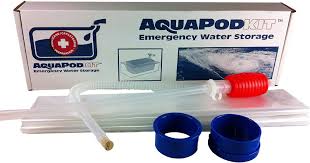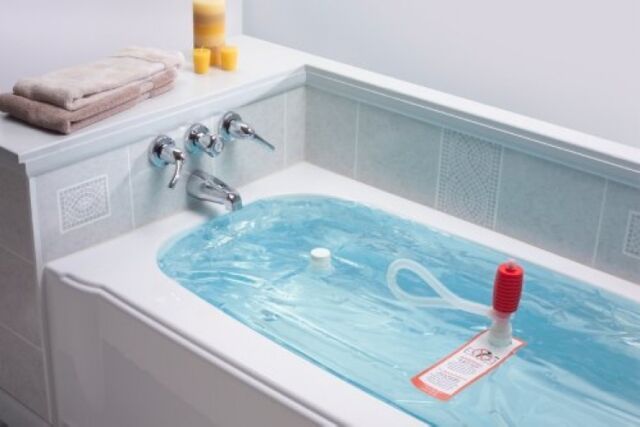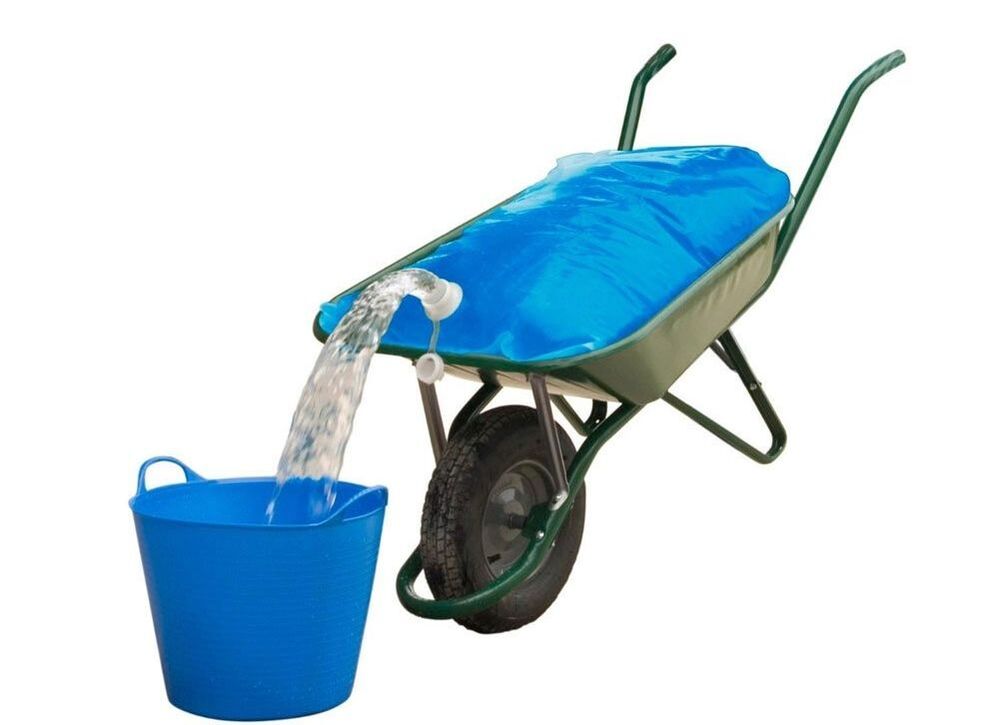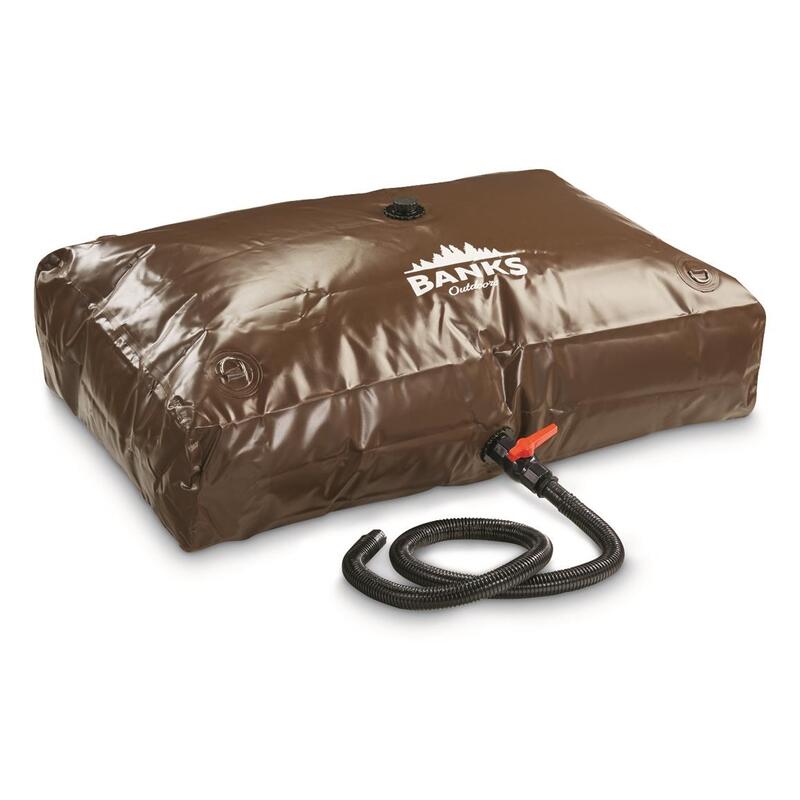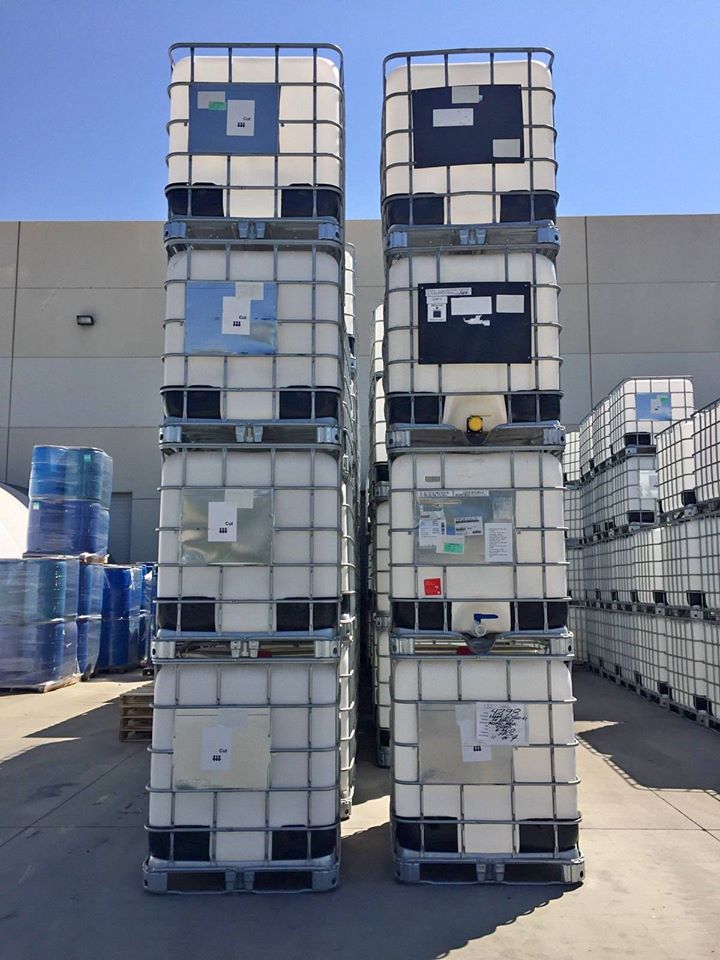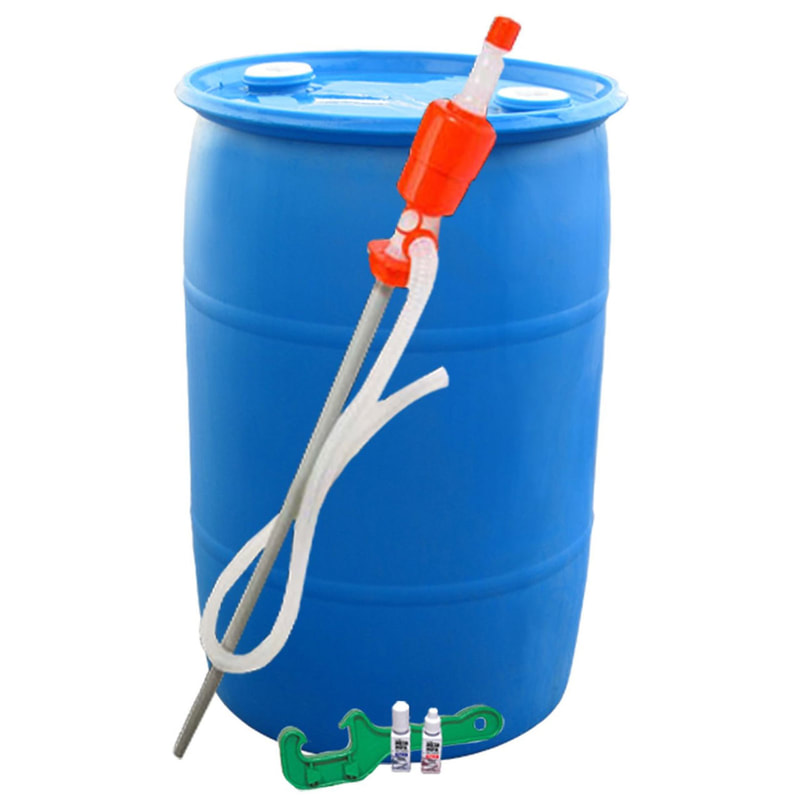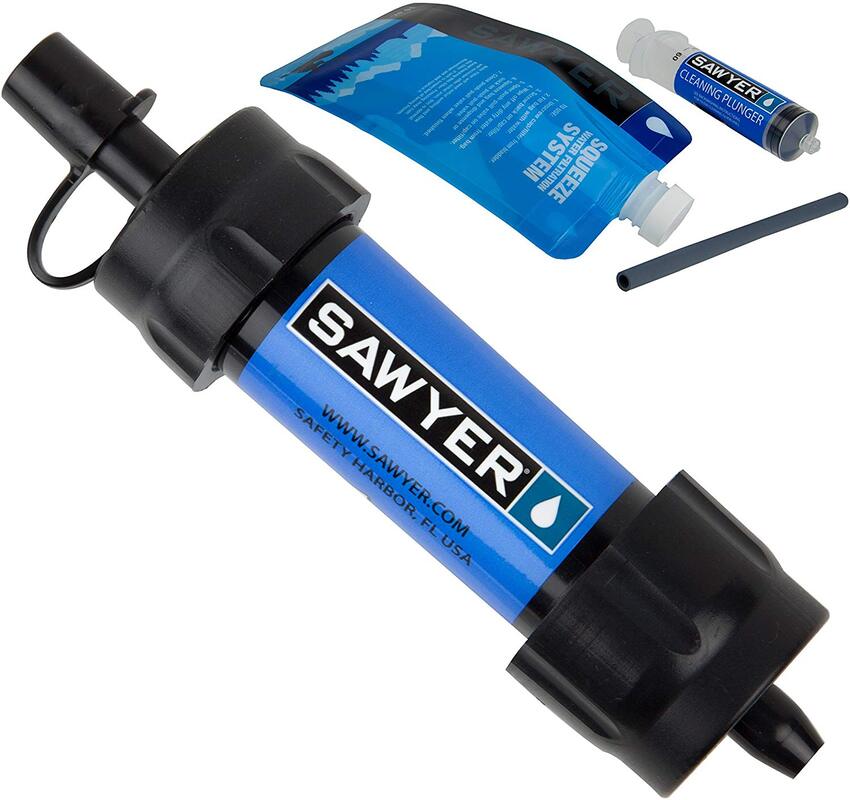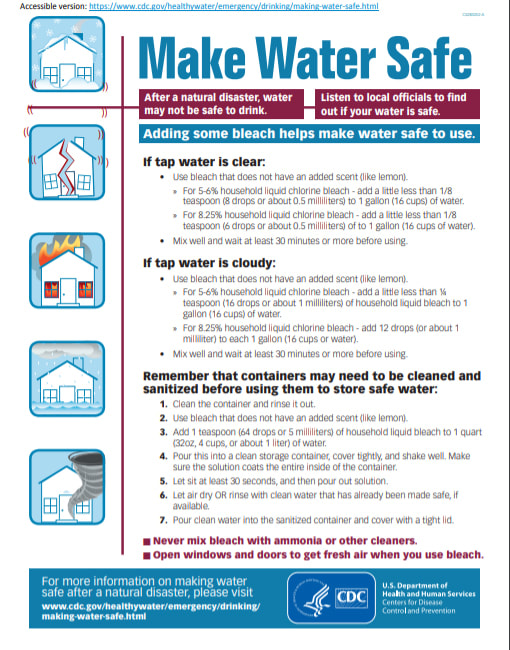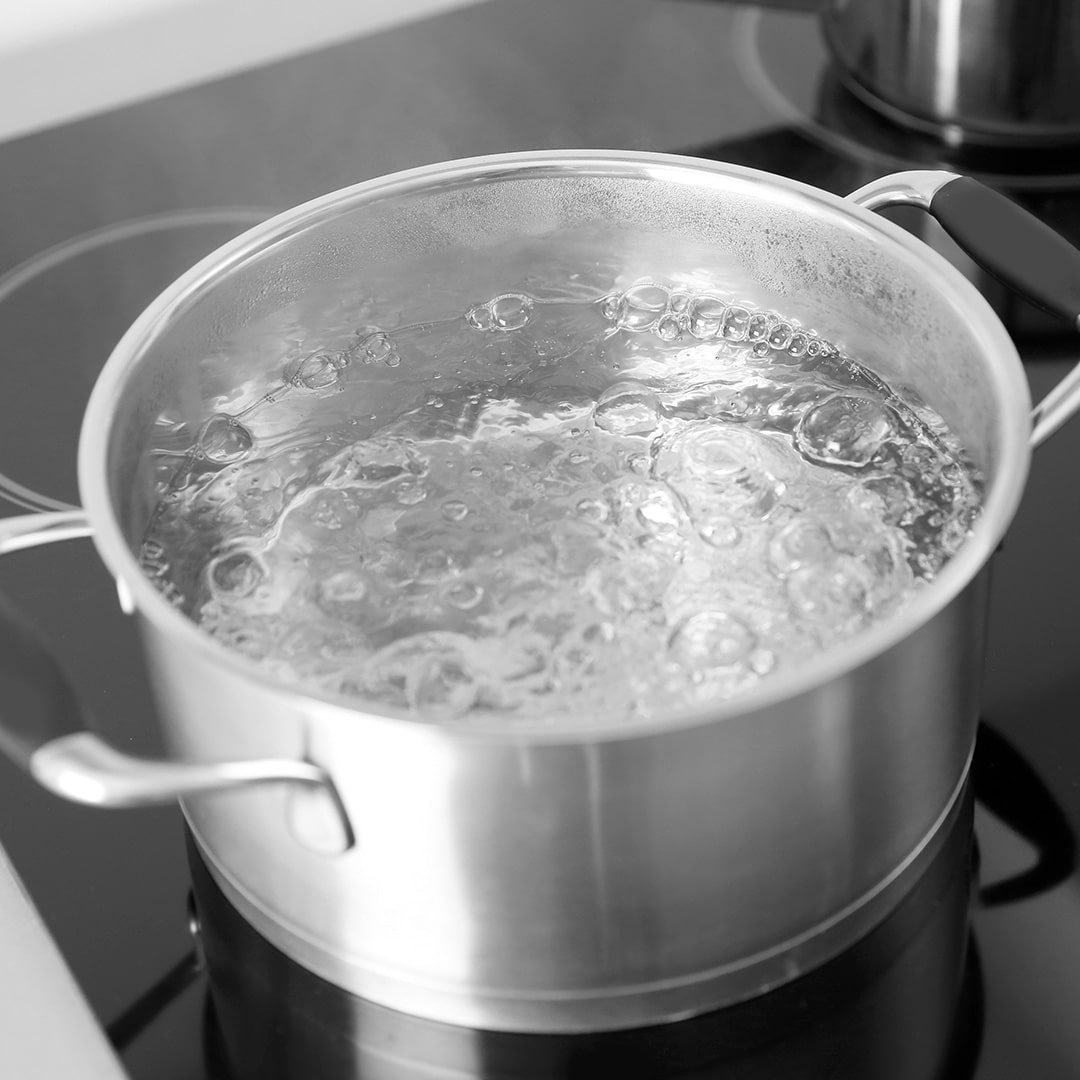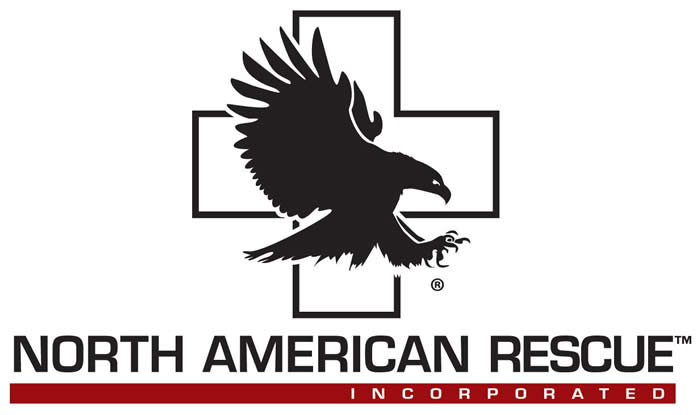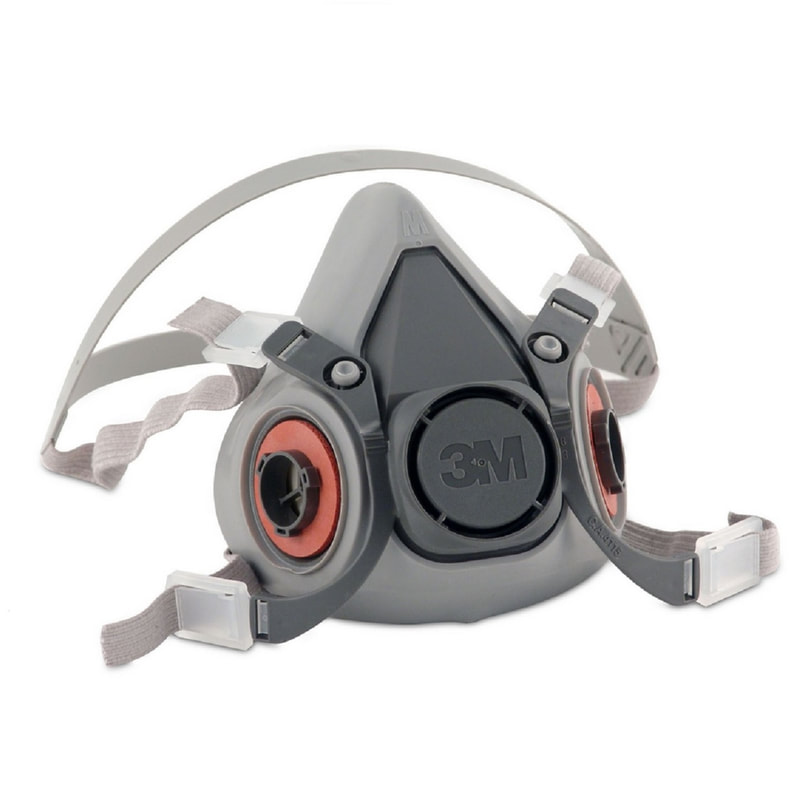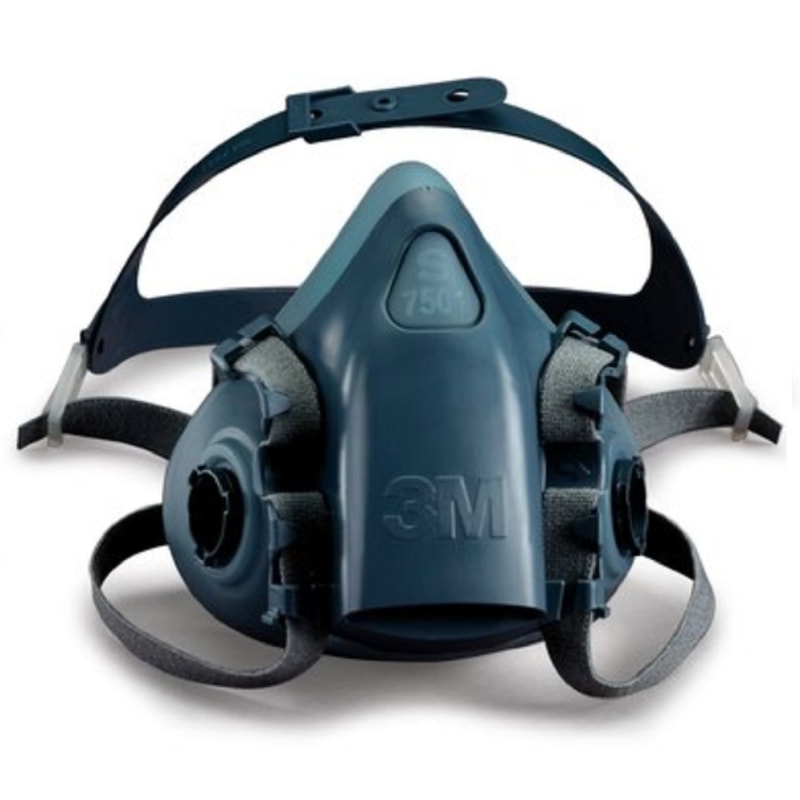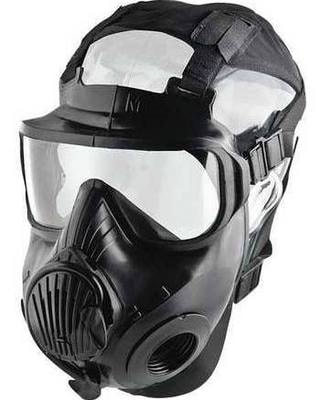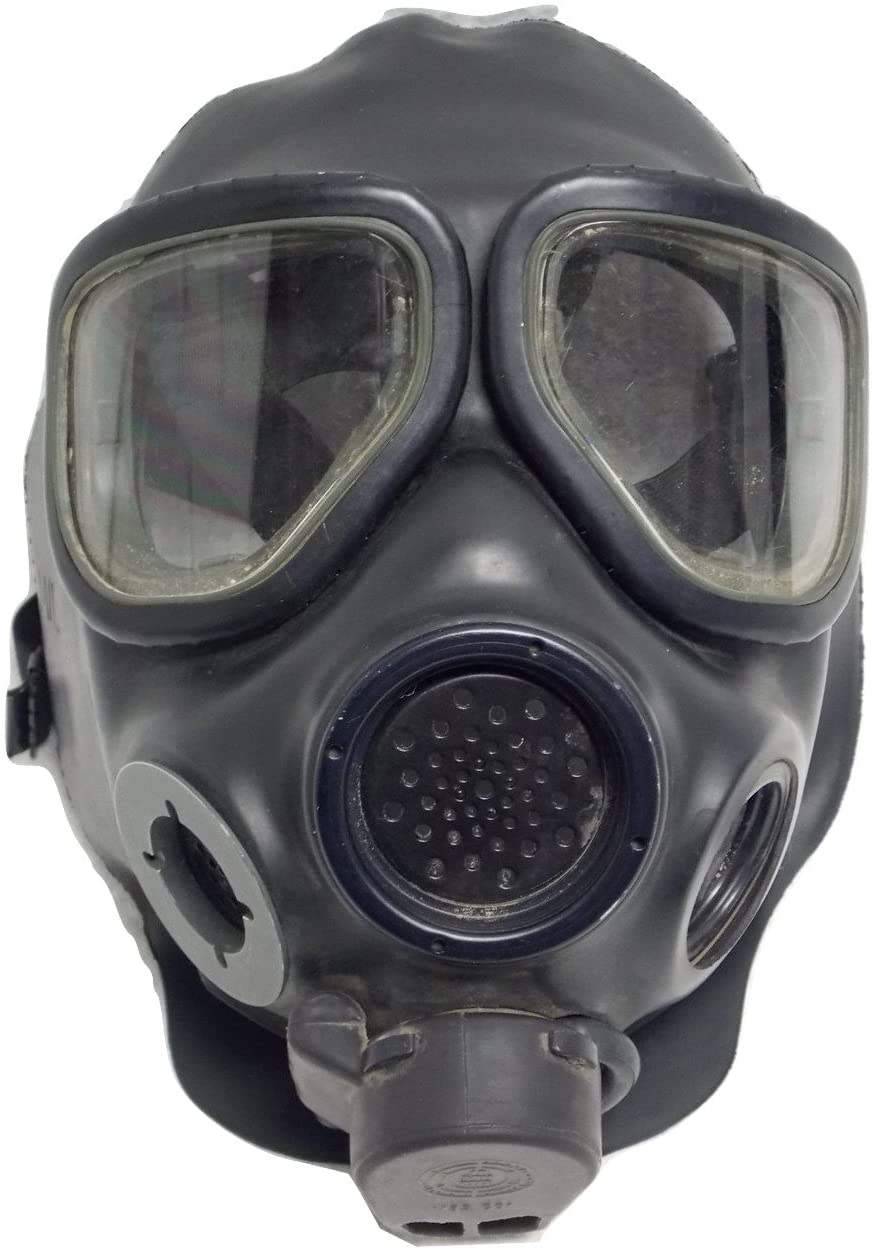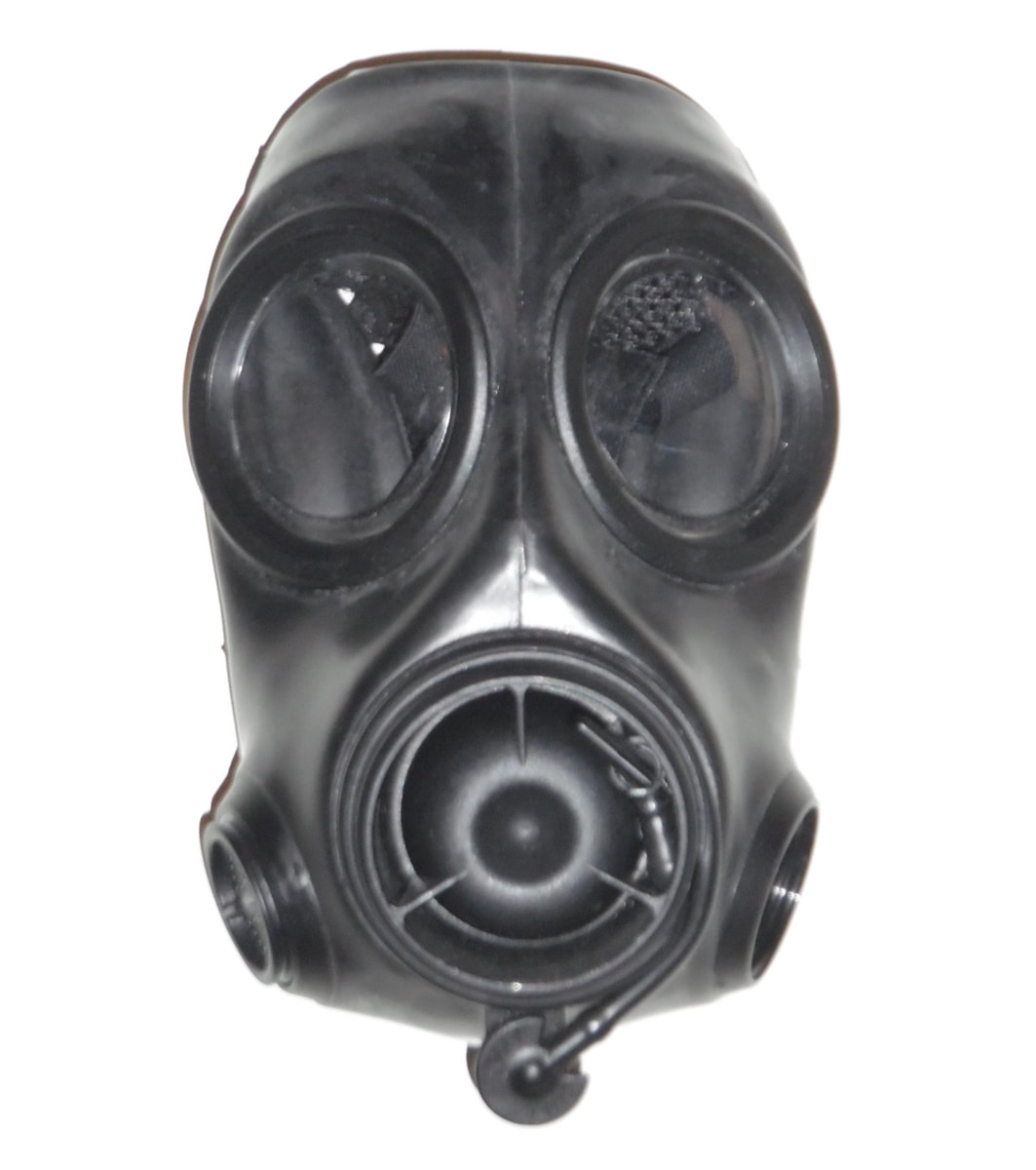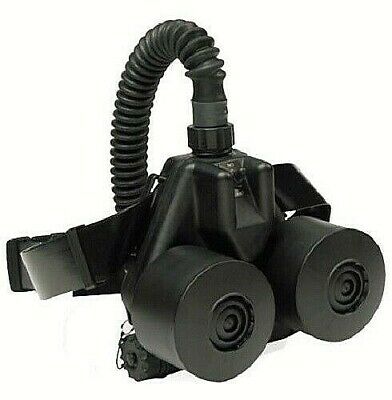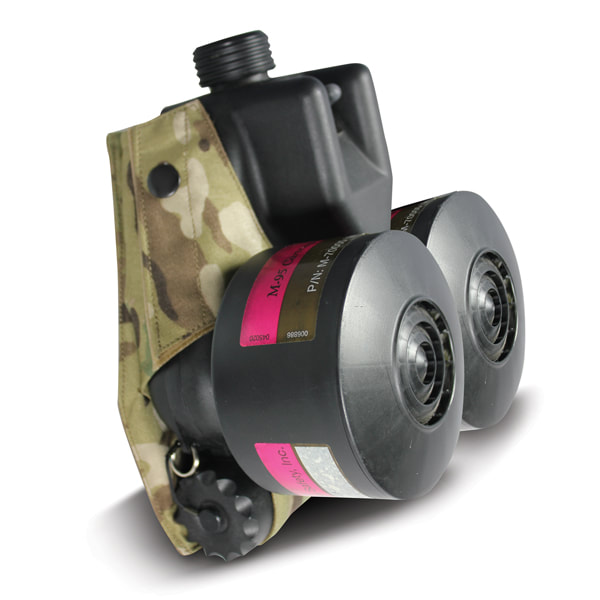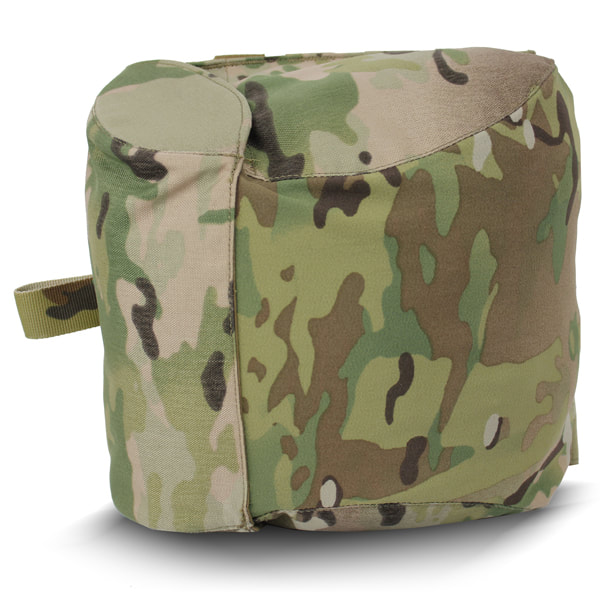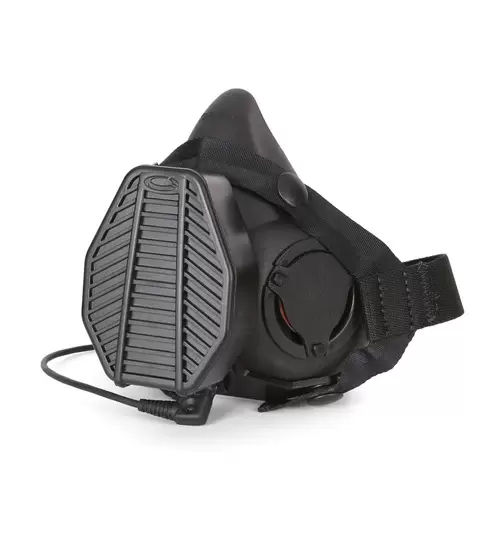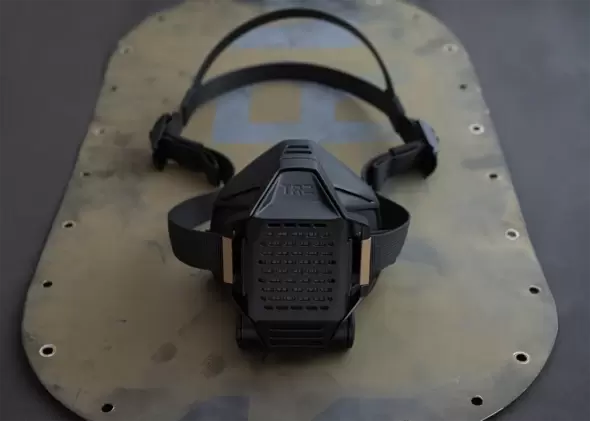When it comes down to it you never know when or how bad a crisis or catastrophe will be. These are our recommendations to help you be generally prepared no matter the circumstances.
Please keep us on your radar and check back periodically.
UPDATES WILL BE POSTED IN RED
Please keep us on your radar and check back periodically.
UPDATES WILL BE POSTED IN RED
GENERAL OVERVIEW
SITUATIONAL AWARENESS
&
UNDERSTANING YOUR OPERATIONAL ENVIRONMENT
&
UNDERSTANING YOUR OPERATIONAL ENVIRONMENT
at home - home defense
out in town - Concealed carry & Vehicle loadout
the government - city, county, state, REGION, & NATIONAL Levels
EMERGENCY / CRISIS INCIDENTS
Pre Incident
Pre Planning & Education
Situational Awareness Within Your Community
- Financial Situation
- Insurance
- Individual and Family Health / Essential Medical Supplies
- Vehicle / Transportation Reliability
- Non Standard Communication
- Security & Self Defense
- Threat Considerations (In your immediate area, extended area, and en route to your final destination)
- Supplies & Pre Staging
- Food
- Water
- Gas
- Battery Power
- Generators
- Firearms & Ammo
- Medical
- Family Member Recovery
- Route Plans / Get Home Plans
- Home Security & Defense (Bug-In & Hardening Your Homes Defenses)
- Use of Drones for Surveillance and Situational Awareness of Your Immediate Area
- Bugging out to a Safe House, Location, Commune, or Legion Preparedness Facility
- Plan of Action During an Incident
- Plan of Action to re-enter an incident area
Situational Awareness Within Your Community
- What is your neighborhood community, city, county, state, and region doing to be prepared for a Crisis, Natural Catastrophe, or Man-Made Catastrophe?
- Are you apart of or do you have an understanding of an Incident Command System (ICS) and how a city, county, states, regions, and the nation will convey information in an Emergency.
- Do you have a way to monitor that information?
- Do you know what an Emergency Operations Center (EOC) is and what it does in an emergency?
- If you know what and ICS and EOC are. Are you capable of contributing to that system to help others that may not have the means of helping themselves or their families?
- Do you personally know someone that would be in serious need of help in a crisis situation, and can you provide assistance?
- Old & Elderly
- Disabled
- Livestock Owners
- Do you personally know someone that would be in serious need of help in a crisis situation, and can you provide assistance?
during incident
- Communication
- Security & Self Defense
- Threat Considerations (In your immediate area, extended area, and en route to your final destination)
- Supplies & Pre Staging
- Food
- Water
- Gas
- Battery Power
- Generators
- Firearms & Ammo
- Medical
- Family Member Recovery
- Route Plans / Get Home Plans
- Home Security & Defense (Bug-In & Hardening Your Homes Defenses)
- Use of Drones for Surveillance and Situational Awareness of Your Immediate Area
- Bugging out to a Safe House, Location, Commune, or Legion Preparedness Facility
- Plan of Action During an Incident to enhance chances of survivability
post incident
- Route Plans / Get Home Plans
- Home Security & Defense (Bug-In & Hardening Your Homes Defenses)
- Use of Drones for Surveillance and Situational Awareness of Your Immediate Area
- Bugging out to a Safe House, Location, Commune, or Legion Preparedness Facility
- Plan of Action During an Incident to enhance chances of survivability
- Individual & Family Recovery from incident
- Aiding others and the less fortunate within your community
SUSTAINMENT & SUPPORT
Food
water
shelter
communication
medical
currency
other
Individual
crew system
Crew > Faction > Clan / Tribe > Auxiliary
community
COMMUNICATION
GMRS
HAM
DMR
MEDICAL
individual
vehicle
at home
TACTICAL
Pistols
carbines & Rifles
Precision Rifles
shotguns
Kit & Equipment
Training & Validation - THIS IS the most critical tab to the tactical
Final Thoughts
Contingency currency
reference material - books, articles, movies, shows, & games
|
BOOK / MAGAZINES
|
MOVIES, SHOWS, & DOCUMENTS
|
ADDITIONAL food for thought
THINGS YOU NEED TO BE THINKING ABOUT
Food / Water / Medication
- Food:
- Hunting and Fishing - Be able to procure your own food.
- If you have a gun you can hunt
- If you have a fishing pole and kit you can
- Dried Food / Canned Food
- Rice & Beans
- Fruit & Vegetables
- Mountain House Meals and other long term storage foods
- Use this time and hardship to stock up on things that you can retain for the coming years in the event we find ourselves in another pandemic situation.
- Hunting and Fishing - Be able to procure your own food.
- Water:
- Tap water till its unsafe
- Waterbob
- Aquapod
- Wheel Barrel
- Water Bottles
- Bottled Water until you run out - retain your water bottles or jugs for water procurement
- Procure water from rivers, streams, lakes with current and either filter with water filter or boil for 3-5 min
- When filtering or boiling water keep water sources separate in order to prevent drinking procured water. Move water in the following order.
- Procured Water Container > Filtration System / Boiling Pot > Clean Water Container > Storage Point
- When filtering or boiling water keep water sources separate in order to prevent drinking procured water. Move water in the following order.
- Tap water till its unsafe
|
AQUAPOD
|
WATERBOB
|
WHEELBARROW BLADDER
|
|
Banks Outdoors Wild Water Bladder, 100 Gallons
|
FOOD GRADE IBC TOTES
Check the Facebook Market Place for Food Grade IBC TOTES for water storage. I've seen these things range from 100 Gallons to 500 Gallons. It juts depends on whats available. |
55 Gallon Water Drums
Check the Facebook Market Place and all over the internet for 55 Gallon Drums you can find them almost anywhere and they can be reasonable affordable. |
|
SAWYER WATER FILTER
|
*** BOILING WATER ***
Most health organizations, including the Center for Disease Control, recommend that you boil water vigorously for 1 minute up to elevations of 2,000 meters (6,562 feet) and 3 minutes at elevations higher than that. You’re guaranteed to be safe from giardia and crypto if you follow those guidelines. |
- MEDICAL
- Individual Med Kits / Multiple Casualty Care Kit
- Basic Med Kit
- Nitrite Gloves
- Combat Gauze
- 4" Emergency Trauma Dressing
- 2" x 48" Medical Tape or Duct/Gorilla/Frog Tape
- Compression Dressing (ACE WRAP / SWAT-T Tourniquet)
- Individual Advanced Med Kit
- Nitrite Gloves
- Medical Trauma Bandage (4" x 24" Flat Packed compression dressing)
- Combat Gauze
- Chest Seals
- 2" x 48" Medical Tape or Duct/Gorilla/Frog Tape
- Compression Dressing (ACE WRAP / SWAT-T Tourniquet)
- Needle Decompression 14 Gauge x 3.25"
- Nasopharyngeal Airway
- Individual Combat Med Kit
- Nitrite Gloves
- 2 x Combat Application Tourniquet
- 4" - 6" Trauma Dressing
- 4" Compressed Gauze
- Combat Gauze
- Nasopharyngeal Airway
- HyFin or Halo Chest Seal Two Pack
- Emergency Survival Blanket
- Needle Decompression
- Compression Dressing (ACE WRAP / SWAT-T Tourniquet)
- 2" x 48" Medical Tape or Duct/Gorilla/Frog Tape
- 6 x Alcohol Prep Pad
- Trauma Shears
- Combat Casualty Care Card
- Permanent Marker
- I.V. Starter
- Multiple Casualty Trauma Care Kit - add additional Individual Combat Med Kits for two or more individuals base on the number of people you need to take care of.
- Basic Med Kit
- Individual Med Kits / Multiple Casualty Care Kit
NORTH AMERICAN RESCUE & PHOKUS RESEACH GROUP
Both companies have pre-built kits for all of the above.
With that said most of the items can be purchased from Walmart, Sporting Goods, and Outdoor stores if you are on a budget that can be found in their medical, outdoor, and camping sections.
Both companies have pre-built kits for all of the above.
With that said most of the items can be purchased from Walmart, Sporting Goods, and Outdoor stores if you are on a budget that can be found in their medical, outdoor, and camping sections.
|
www.phokusresearch.com
10% Discount Code
LEGIONPREPAREDNESS |
narescue.com
|
Firearms & Ammunition & Gear
- FIREARMS
- Alot of people are going to be up for debate on what firearms you should have for personal defense and home defense. Our take, give yourself as man options as possible between a pistol, carbine, and shotgun. With that said this is our recommendation for what you should do if your a first time gun buyer or not.
- 1ST: KNOW FIREARMS SAFETY & LOADING / UNLOADING PROCEDURES.
- This will keep both yourself and everyone else safe from an accident or negligent discharge of that firearm.
- FOUR FIRE ARMS SAFETY RULES
- Treat all firearms as if they are always loaded.
- Never let the muzzle cover anything that you are not willing to destroy.
- Keep your finger off the trigger until your sights are on target and you have made the decision to fire.
- Be sure of your target and what lies beyond it.
- LOADING:
- Orient the firearm in a safe direction / down range.
- Ensure the firearm is on safe
- Lock the Slide to the Rear
- Physically and Visually Inspect to ensure there are no rounds or obstructions in the chamber, on the slide or bolt face, on or in the magwell, magazine tube, or feed tray.
- Load the fire arm with the source of feed.
- Release the bolt or slide and visually observe the round being chambered. Leave the firearm system on safe, and at this point you can press check the system to ensure the firearm is loaded.
- ***NOTE*** For Open bolt systems most commonly found with machine guns. There are two ways you can carry the machine gun. We'll leave this to your personal opinion and your how comfortable you are with the carry configuration.
- Carry Configuration 1:
- Lock the bolt to the rear.
- Put the firearm on safe.
- Open the feed tray, make sure there is no damage or obstructions in the feeder paws and feed tray, visually inspect the chamber, bolt face, and ejection port for any rounds or obstructions.
- Take the weapon system off safe and guide the bolt back into battery.
- Load the belt of ammunition and ensure the rounds are properly seated on the feed tray, hold the rounds in place, and close the feed tray.
- Leave the firearm off safe and you can carry the firearm in this configuration
- ** NOTE ** The firearm is safe to carry in this configuration. However always be cognoscente that the bolt is forward, rounds are on the feed tray, and you have to physically charge the firearm to be able to shoot. The physical action of charging the system is comparable to having a pistol with rounds in the gun, and no round in the chamber.
- Carry Configuration 2:
- Lock the bolt to the rear
- Put the firearm on safe
- Open the feed tray and make sure there is no damage or obstructions in the feeder paws and feed tray, visually inspect the chamber, bolt face, and ejection port for any rounds or obstructions
- Load the belt of ammunition and ensure the rounds are properly seated on the feed tray, hold the rounds in place, and close the feed tray.
- Leave the firearm on safe and you can carry the firearm in this configuration.
- ** NOTE ** The firearm is safe to carry in this configuration. However always be cognoscente that the bolt is locked to the rear, rounds are on the feed tray and the firearm is on safe. This is comparable to having an AR15 with a round in the chamber and the firearm on safe.
- Carry Configuration 1:
- UNLOADING:
- Orient the firearm in a safe direction / down range.
- Ensure the firearm is on safe.
- Remove the source of feed.
- Lock the bolt or slide to the rear, visually observing the round being extracted and ejected from the chamber, and making mental note of where it lands.
- Physically and Visually Inspect to ensure there are no rounds or obstructions in the chamber, on the slide or bolt face, on or in the magwell, magazine tube, or feed tray.
- Release the bolt or slide and take up a good sight picture down range and in a safe direction and mechanically clear the firearm. This ensures you did everything you were suppose to and the firearm is rendered safe.
- ** NOTE ** For machine guns
- If you are carrying the machine gun with the bolt locked to the rear and on safe. Open the feed tray and remove the source of feed, visually and physically check the feeder paws and feed tray and then visually check the chamber, bolt face, and ejection port. Then guide the bolt forward.
- If you are carrying the machine gun with the bolt forward and on fire. You can open the feed tray remove the source of feed, visually and physically check the feeder paws and feed tray. Then lock the bolt to the rear place the weapon system on safe and visually inspect the chamber, bolt face, and ejection port. Then guide the bolt forward.
- FOUR FIRE ARMS SAFETY RULES
- This will keep both yourself and everyone else safe from an accident or negligent discharge of that firearm.
- 2ND: KNOW AND UNDERSTAND THE 7 FUNDAMENTALS OF MARKSMANSHIP
- STANCE: Feet shoulder width apart, weight slightly more on the balls of your feet, slight bend in the knees, upper torso leaning slightly forward, and arms slightly bent at the elbow.
- GRIP: Equal pressure on both hands. Trigger hand firmly gripping the pistol grip and the support hand palm should fill the void on the opposite side of the grip, and fingers should fall in between the gaps on the trigger hand.
- SIGHT ALIGNMENT: Sight are equally aligned. A good reference for this is (equal sights, equal height).
- SIGHT PICTURE: Center the sights on the target. Both the rear sight and the target should be slightly blurred and your focus should be on the front sight post.
- BREATHING: Breathing is always important whether your shooting precision or not. Deep Inhale, Deep Exhale, Fire on the Respiratory Pause. Don't hold your breath for more than 3-5 seconds.
- TRIGGER PULL: The pad of the index finger should be on the trigger. Gradually pull the trigger back (DO NOT JERK THE TRIGGER).
- FOLLOW THROUGH: Following the shot. Re-Acquire your sight picture and sight alignment. Allow the trigger to reset by gradually releasing the trigger forward until you feel the metallic click of the trigger/seer resetting.
- 3RD: TAKE THE TIME LEARN HOW TO OPERATE YOUR FIREARMS.
- Google & Youtube how to operate, assemble, disassemble, clean & maintain, and safely load, unload and reload the firearms. This will reinforce firearms safety.
- Repetition and doing things over and over numerous times will allow you to retain how to do all of the above.
- Remember this, nothing can replace getting actual fire arms instruction. Do the research find a good instructor and learn the fundamentals in a classroom / range environment.
- 4TH: IF YOU STILL HAVE QUESTIONS ASK SOMEONE WHO KNOWS
- Your never wrong in asking for help. Don't be afraid to ask for assistance if you don't understand something. This is for your safety and the safety of others.
- PISTOLS: It doesn't matter if you have a sub compact, compact, or full size pistol. Just have one from a reliable company. We recommend the following: (Glock, Smith & Wesson, Sig Sauer, Ruger, H&K, FN, CZ, and Most 1911 Manufactures).
- CARBINES: Whether your building it or buying it set up something that you are comfortable with and take the time to understand the firearm like above. If your going to add accessories take the time to research the items and components your adding. There is such thing as setting up a rifle where it will not be a practical in enabling you to protect yourself. Our recommendation is look at all your options before you fully commit to any purchase.
- SHOTGUNS: Shotguns have a lot of capability. From a military and law enforcement perspective they are great for breaching, riot control, and disabling vehicles. To the civilian perspective of home defense, personal defense, hunting, and sport shooting. You can do a lot with them but they can be limited to range.
- FOR ALL OF THE ABOVE: Understand the capabilities of each of the firearms. Each firearms is going to operate differently and have its own set of characteristics. Know and understand what those differences and capabilities are so you can set yourself up for success. Pistols are going to be great for short range and up close personal defense, certain calibers can over penetrate and you risk collateral damage or injuries to bystanders. Carbines are the same way and give you range but if you miss you still have to consider the collateral aspect. Shotguns are going to be good short range to medium range. You have numerous options when it comes to the shells you can get but you have to understand the spread of the shot in the shell. All in all though no matter the gun you have to consider the firearms capabilities and always be applying the four firearms safety rules.
- 1ST: KNOW FIREARMS SAFETY & LOADING / UNLOADING PROCEDURES.
- Alot of people are going to be up for debate on what firearms you should have for personal defense and home defense. Our take, give yourself as man options as possible between a pistol, carbine, and shotgun. With that said this is our recommendation for what you should do if your a first time gun buyer or not.
- AMMUNITION
- We're going to keep this short. There's a lot of ammo that is out there on the market. Make sure you know what your buying and what that ammo is capable of. The amount of ammunition you want to get is completely at your discretion. How ever this is our serious recommendation. Shot placement is more important than the wound cavity. All rounds have the possibility of over penetrating a target.
- When it comes to caliber selection stick with the most common military calibers for NATO & Russian Systems. You can find them anywhere in the world and they are always going to be in abundance. These calibers usually have a lower recoil and are extremely affordable to shoot.
- 5.56x45 / .223
- 7.62x51 / .308
- 9x19 Para
- 7.62x39
- 7.62x54R
- When it comes to caliber selection stick with the most common military calibers for NATO & Russian Systems. You can find them anywhere in the world and they are always going to be in abundance. These calibers usually have a lower recoil and are extremely affordable to shoot.
- Our recommendation
- Pistol: 250 - 500 Rounds
- Carbine: 500 - 1000 Rounds
- Shotgun: 100 - 250 Rounds
- Precision Rifle: At your discretion, depending to the caliber of the precision rifle.
- Enola Gaye Burst Smoke Grenades: (Burst Smoke Grenades Fit in the TYR Tactical Flashbang Pouch)
- Red: Emergencies & Medical
- Green, Blue, Purple: Signalling, Concealment, & Obscuring
- We're going to keep this short. There's a lot of ammo that is out there on the market. Make sure you know what your buying and what that ammo is capable of. The amount of ammunition you want to get is completely at your discretion. How ever this is our serious recommendation. Shot placement is more important than the wound cavity. All rounds have the possibility of over penetrating a target.
- GEAR
- The gear you get is going to depend entirely on what you want and what you expect to happen. You can expect the best, worst, or something in between. These are some just basic outlines for what you can do.
- Full Load Out: Helmet, plate carrier, belt, and the pouches and accessories to make your load out fully functional to run a carbine, shotgun, and pistol.
- Middle of the Line Load Out: Plate Carrier, Low Profile Plate Carrier, Tactical Vest, Belt, and accessories to run carbine and pistol, shotgun is optional.
- Light Load Out: Belt with Med, Coms, and Pistol, with or with out concealable body armor.
- The gear you get is going to depend entirely on what you want and what you expect to happen. You can expect the best, worst, or something in between. These are some just basic outlines for what you can do.
COMMUNICATION EQUIPMENT:
- DISCO 32:
- We recommend that you purchase your radio accessories through DISCO 32. The owner is a combat veteran and incredibly talented with putting together high quality radio equipment for an affordable price. Communication is a key fundamental to success in any situation so don't cut yourself short.
- Radios:
- Ham Radio: Baefong, Motorola, Yaesu
- FRS: Motorola
- 2 Way Radios
- Push to Talks
- Disco 32 Custom PTT's
- TEA PTT's
- Antennas
- Disco 32 Body Whip: Cable Antenna that you can run through the molle on your plate carrier.
- Disco 32 Antenna Relocator: Relocates a rigid antenna on your plate carrier.
- Radios:
- We recommend that you purchase your radio accessories through DISCO 32. The owner is a combat veteran and incredibly talented with putting together high quality radio equipment for an affordable price. Communication is a key fundamental to success in any situation so don't cut yourself short.
GET YOUR HAM RADIO TECH LICENSE
WE WILL BE UPDATING THE COMMUNICATION SECTION IN THE FUTURE
WE WILL BE UPDATING THE COMMUNICATION SECTION IN THE FUTURE
GAS MASKS & POWERED RESPIRATORS
- When it comes to gas masks and all the accessories there is a lot that is going on. We have broken it down to make it super easy for you and are making our recommendations off of everything we personally use and have used in the past. Further more you can find all of these items on Amazon, Ebay, Grainger, and Approved Gas Mask. We highly recommend you hit up all of the sites to find the best deals and equipment.
- RESPIRATORS
- 3M 6000 & 7000 Half Face Respirators
- Avon M40
- Avon M50
- Avon S10 / FM12
- MSA Millenium
- O2 Tactical TR2
- Ops Core SOTR
- FILTERS
- MSA CBRN
- NORTH CBRN
- 3M CBRN / FR-57 / FR-64
- 3M 95 or 99 Particulate Filters (Half Mask Filters)
- PAPR - POWERED AIR PURIFYING RESPIRATOR
- C-420 PAPR
- POUCHES
- TYR Tactical PAPR Pouch
- TYR Tactical Mask Pouch
- RESPIRATORS
- http://approvedgasmasks.com/
- http://approvedgasmasks.com/c420-papr.htm
- http://www.tyrtactical.com/products/details/misc.-general-purpose-pouches-2018/tyr-tactical-ordnance-breaching-pouch-c420-papr-pouch/
- http://www.tyrtactical.com/products/details/breaching-ordnance-sr/tyr-tactical-gas-mask-drop-leg-pouch/
Communities & Preparedness Groups:
- Its our opinion that you can go about this a number of ways. Whether you want to go with one of the larger nationwide communities, state wide communities, or private communities. We recommend you invest some time in doing research and determining who you want to associate yourself with. Your also not wrong starting your own small community or element within other organizations. There are so many options when it comes down to it. Our personal preference is having a small element or community of 25-50 families as a general guideline. It is a great way to vet every member and their families, know what background, skills, trades, and experience they bring to the table for the community. There's a lot that goes into this, but you can set up a lot of this with friends and families and then partner with other small communities to establish larger communities and networks to promote a sense of community and unity within society. Establishing small communities is a great way to promote education, individual and community growth and success. Competition also breeds success. Competing with other small communities is a great way to develop yourself and others. In addition to this it will establish a sense of security and safety with having a community to rely on in place of trying to go at it alone.
- We recommend following this skills and backgrounds outline if you are look to setting up a small community and maintaining a basic standard of living:
- Military & Law Enforcement
- Gunsmiths & Armorers
- Medical: (Nurses, Doctors, Surgeons, Dentists)
- Carpenters
- Plumbers
- Mechanics
- Electricians
- Communications & Tech
- Logisitc
- Food Service / Cooks
- Physical Fitness & Nutrition
- Hunters
- We recommend following this skills and backgrounds outline if you are look to setting up a small community and maintaining a basic standard of living:
TRAINING & INFORMATION
- Companies worth looking into:
- Readyman
- Fieldcraft Survival
- Imminent Threat Solutions
- DVDs:
- Panteo Production: Firearms, Tactics, and Preparedness Training Videos
- Mastering Krav Maga w/ David Kahn
- Local and State Small Business:
- Consider these things and ask these questions when looking for a place to get training!
- Does the Instructor have a legitimate background, experience, and understanding of what he is teaching?
- What experience does he or she have that supports that?
- Will this instructor aid me in being able to increase my knowledge and understanding of what I'm trying to accomplish in training?
- Does this instructor have a program that will start with reinforcing the fundamentals and gradually develop my skills and abilities to a more advanced level?
- Does the instructor's program expand beyond the tactical side of training and challenge your way of thinking and mindset in scenario based training to improve your abilities?
- Does the instructor's program stress test you and push your skills and abilities, so that you can determine where your limits and weaknesses are for individual development?
- Consider these things and ask these questions when looking for a place to get training!
RECOMMENDATIONS
|
TRAINING MANUALS
|
VIDEO GAMES
|

